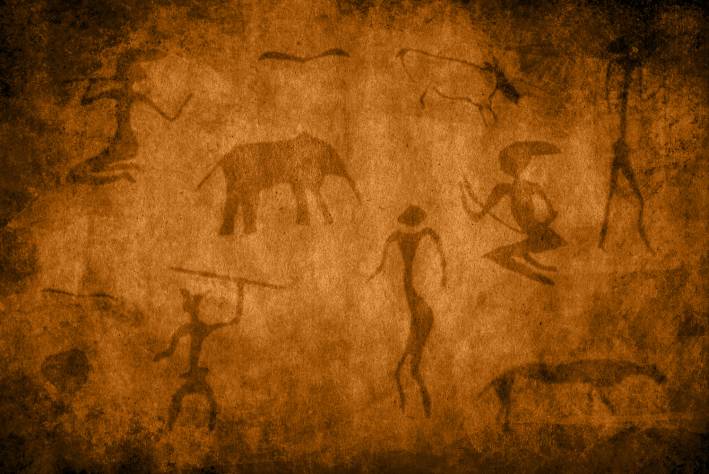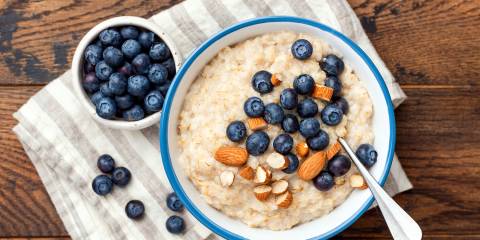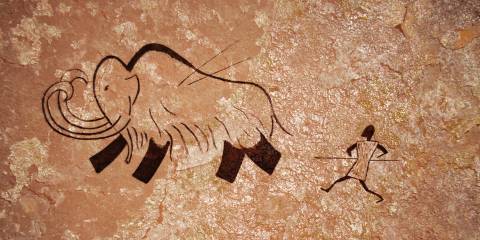Humans who lived during the Paleolithic era were hunters and gatherers with a diet of meat, seafood, fruits, vegetables, seeds, and nuts. This ancient way of eating comprises today’s Paleo diet. Grass-fed varieties of meat, wild rather than farm-raised fish, eggs, and monounsaturated and polyunsatured fats like avocado and olive oils are encouraged. Cereal grains (including whole grains), dairy products, legumes, white potatoes, refined sugars and oils, and processed foods are avoided.
Dispelling Paleo Diet Myths
One misconception of the Paleo diet is that you can eat as much meat as you want. Ancient Paleolithic diets would have differed significantly depending on where the hunter-gatherer tribes lived. In modern times, those eating Paleo can benefit from individualizing the diet to their own needs. Eating large quantities of animal protein is not in most people’s best interest.
The Paleo diet is actually plant centered. Those who switch to the plan will most likely see an increase in their fiber and vegetable intakes. This benefits overall inflammation levels and gastrointestinal health.
Lower Cholesterol Levels with a Paleo Diet
Preliminary studies show positive results on cholesterol levels with the Paleo diet. Twenty study volunteers with hypercholesterolemia followed four months of a traditionally heart-healthy diet followed by four months of a Paleolithic diet. The volunteers, aged 40 to 62, significantly lowered their mean total cholesterol and LDL (bad) levels. The study suggests that Paleolithic nutrition offers promising potential for nutritional management of hyperlipidemia in adults whose lipid profiles did not improve after following more traditional heart-healthy dietary recommendations.
The Paleo Diet & Diabetes
The Paleo diet also shows promise in positively affecting blood glucose levels. Study participants with Type 2 diabetes followed a Paleolithic diet and either standard care exercise recommendations or supervised exercise sessions three times a week. After 12 weeks, their fat mass and metabolic balances (insulin sensitivity, glycemic control, and leptin) improved. It was noted that the supervised exercise training may not have enhanced the outcomes, but it did preserve lean mass and increased cardiovascular fitness.
Nutritional Balance & The Paleo Diet
Since the Paleo diet contains no sugar and no flour, eating Paleo can help control obesity. Some experts, however, feel a strictly followed Paleo diet lacks nutritional balance. Nutrients like calcium and vitamin D can be missing, as some food groups are eliminated.
Those following the Paleo diet may find it hard to stick to for long periods of time, and the diet’s restrictions can feel daunting. Since legumes are an important source of protein for vegans and vegetarians, these people may find the Paleo eating plan nearly impossible to follow. Discuss with your doctor if the Paleo diet is right for you.





